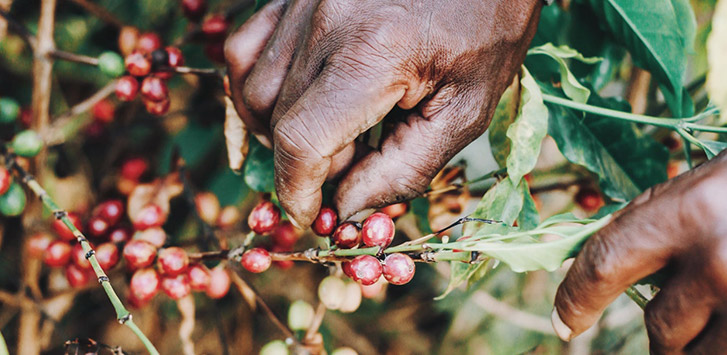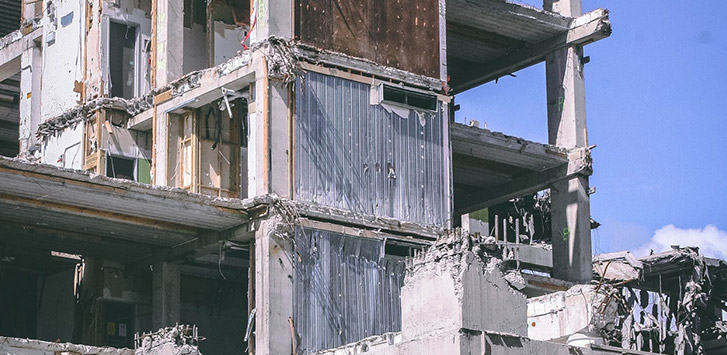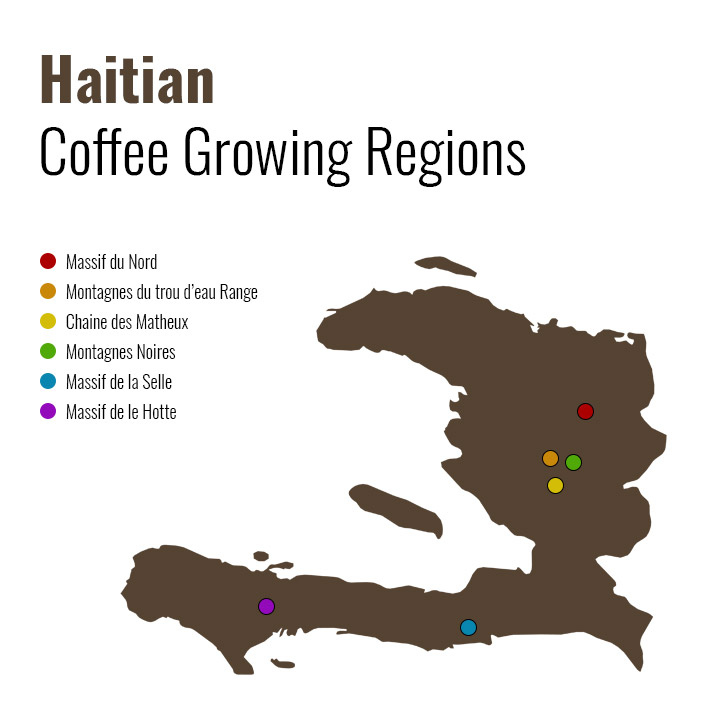
Haiti is a land like no other in the world; once a pirate haven, the country formed as a French colony solely devoted to growing cash crops like sugarcane, coffee, and tobacco due to its amazing soil. To grow such cash crops, the early French colonists began to rely exclusively on the inhuman mathematics of slave labor to achieve this end goal.
The result was the colony became very profitable for the French Kingdom, earning the colony the nickname of the “Pearl of the Antilles” while sitting atop mountains of dead bodies. However, this brutal system led to the world’s first and only successful slave rebellion in the world; creating modern-day Haiti.
However, years of economic embargoes, political instability, corruption, as well as major disasters have put the country on the backfoot since its inception, but as Haiti becomes more stable, companies and consortiums are introducing ways to export Haiti’s natural bounty and highly-prized coffee to rest of the world.
History
“Founded” in 1659, the French colony we now know as Haiti was originally called Saint Domingue and by 1715 the coffee plant was introduced to the island colony alongside other cash crops like snuff and sugarcane. By 1788, Saint Domingue supplied half the world’s coffee.
However, all of this was based upon a brutal slave system that flooded the island with captured slaves from Africa. For example, in 1681, there were only around 2,000 slaves, by 1789, nearly half a million.
This social formation led to a highly stratified caste system that involved, free whites (which themselves were separated into “grand blancs” and petit blancs”) and free blacks alongside huge swathes of slaves, with their respective duties and roles in society being organized around their skin color. Some reports have said the for every 1 “free person” there were ten slaves.
Unlike other forms of slavery, like the burgeoning colonies of what became the USA, slaves in Saint Domingue were worked so hard that often they died within the first few years and it was cheaper to import new slaves than improve the working conditions. It is estimated that nearly a million people were worked to death, with countless more choosing suicide. Torture was just as routine.
These morally repugnant conditions and the long shadow of the French Revolution back in Europe created conditions for the powder keg that became known as the Haitian Revolution.
Without warning, the Haitian Revolution breaks out in 1791 and by 1801, nearly all of Saint Domingue’s agricultural plantations had been raised to the ground. In reaction to this, one of the rebellion’s leaders, Toussaint Louverture attempted to repair the economy of the war-torn land by instituting a form of sharecropping on state-owned farms called fermage.
However, in 1802, Napoleon sent over 20,000 troops to the former colony to reclaim Haiti, and the plantations were abandoned. An apocryphal tale says that in 1803 after learning of the defeat of his troops Napoleon exclaimed “Damn coffee, damn colonies!”
After fighting hard for its freedom, Saint Domingue was renamed Haiti and in the early 19th century tried to avoid the ire of larger imperial powers as the country rebuilt itself back after a 12-year long war.
By 1949, Haiti became the third largest coffee producer in the world. However, with the election of Francois Duvalier as President of Haiti in 1957, the country was embargoed by the United States from then till 2005. In that time span, the rule of Francois Duvalier became increasingly despotic and authoritarian after a failed coup attempt. After Francois’s death, his son, Jean-Claude, assumed the dictatorial rule of the country until 1986.

In the proceeding years since the father-son dictatorship, a series of constant coup d’états made the political and economic situation of Haiti even more precarious. Obviously, this had a detrimental effect on the coffee industry and Haitian coffee farmers, with the industry experiencing boom and bust cycles of production between political upheavals and embargos.
While the Haitian coffee production experienced constant boom and bust cycles in between political crises, two major environmental events occurred, first, the lush mountainous soils began to experience erosion and forest loss (we at CBC participate in the Haitian Tree Project which helps by giving farms coffee trees), while, in 2010, a 7.0 magnitude earthquake rocked the island nation that left an estimated 100,000 more people dead. Once again rocked by internal strife and struggle, Haiti’s coffee industry suffered as the nation once again had to rebuild.

In the proceeding years since the devastating earthquake, companies have formed like Haiti Coffee Co and Rebo to bridge the gap between working with small-scale farmers directly while providing logistical support for worldwide distribution to revitalize the Haitian economy and coffee industry.
Growing Regions

Interestingly, Haiti is the most mountainous country within the Caribbean and these mountain ranges are shared with its neighbor, the Dominican Republic. Unfortunately, given the political and economic instability that has plagued Haiti, concrete information on these region’s shade-grown, high elevation coffee is very sparse and unavailable. Below you can find where the major mountain ranges where coffee is grown lay.
- Massif du Nord
- Montagnes du trou d’eau Range
- Chaine des Matheux
- Montagnes Noires
- Massif de la Selle
- Massif de le Hotte
Flavor Profile
Most of the Haitian coffee beans are grown is organically grown in small farms high up in the mountains of the country. The beans are then usually wet-processed which results in a bean that is like Jamaican blue coffee with a creamy body with various notes of almonds and a sweet finish. Because of the similarities to its Caribbean cousin, Haitian coffees are often named Haitian Bleu, both from their characteristic color and the result of farming co-operatives banding together to sell collectively under that name
Brewing and Roasting Suggestions
Our selection of Haitian coffees tends to prefer medium to dark roasts that can balance the more floral notes alongside its medium body. Because of this, we generally advise staying away from pour-over or drip methods for brewing. However, our Haitian bleu takes pretty well to an Aeropress or combined into a coffee blend for espresso.
Conclusion
The country of Haiti remains a unique blend of French colonialism, a mélange of African traditions, and altogether something wholly unique that manages to merge these two poles to create a beautiful and rugged country that has long suffered yet remains diligent through political crises, ecological disasters, and numerous other setbacks to grow a specialty coffee bean that is known the world over for its rich and singular flavor.